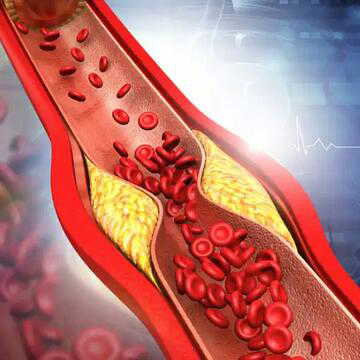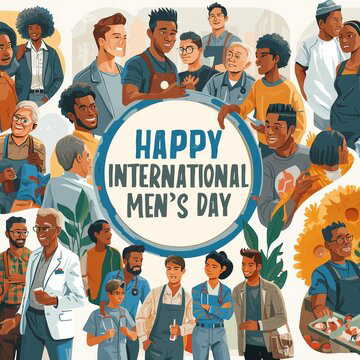On November 19, World Toilet Day is celebrated. A global reminder of how important safe sanitation is to public health, human dignity, and environmental well-being. Despite progress, millions worldwide still do not have access to clean, secure toilets. The day traces its origins to Singaporean philanthropist Jack Sim, who founded the World Toilet Organisation on this date to create a movement for global awareness on sanitation. Years later, in 2013, the UN officially recognised this date as World Toilet Day.
This year's theme of "Sanitation in a Changing World" calls on everyone to rethink how we talk about toilets - yes, even down to the words we use every day. Among the internet's most searched confusions is the difference between a bathroom, a washroom, and a restroom. While these words are often used interchangeably, each carries a distinct cultural and regional meaning.
Also Read | Foamy pee? Before you panic, know what your kidneys might be saying
Bathroom: The private home space
A bathroom typically refers to a private room inside a home equipped with a toilet, sink and either a shower or bathtub. It's not just for basic hygiene - the bathroom is also associated with grooming, comfort, and personal care.
Common in countries like the US, UK, and India, the term suggests a space for privacy rather than being for public use.
Washroom: The public functional facility
A washroom is widely used in Canada and India, especially in public buildings like offices, malls, and airports.
It usually consists of toilets and sinks, but no bathing facilities. The focus is functionality-a clean, organised area meant for washing one's hands or relieving oneself. Many washrooms are segregated by gender and follow more stringent cleanliness standards due to the high public traffic.
Also Read | 'Can you tell me where I can find a toilet?'- a question that echoes across Bengal's West Midnapore
Restroom: The formal public term
In the United States, the word restroom dominates public signage. It refers to a formal, public toilet facility, often found in restaurants, theatres, airports and malls. Restrooms typically include toilet stalls, sinks, baby-changing stations and sometimes small seating areas. Although nobody really "rests" there, the term offers a polite, softer way of referring to public toilets.










